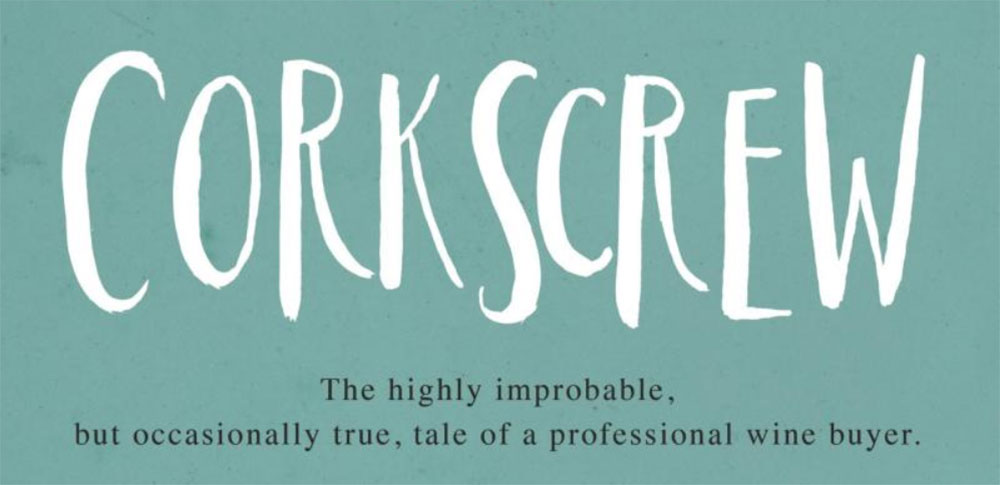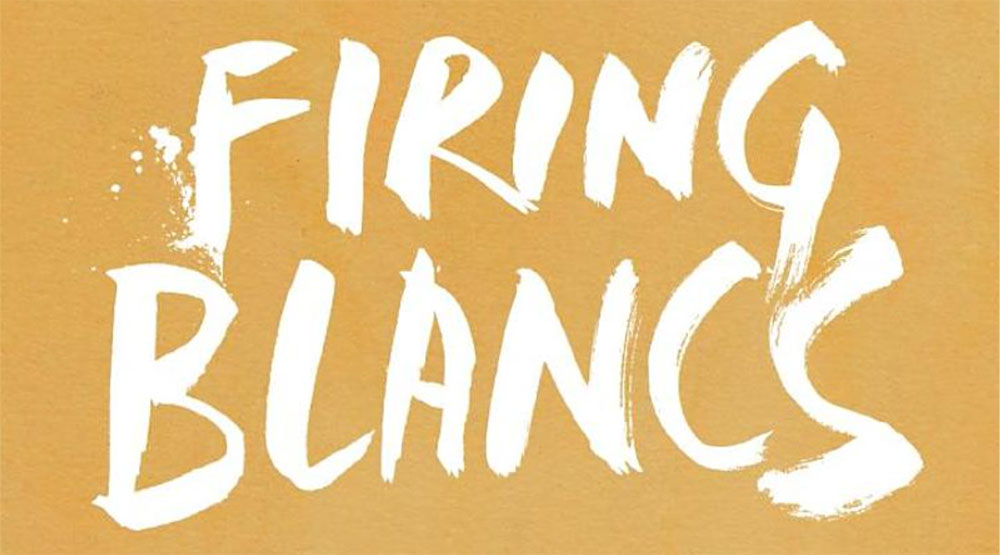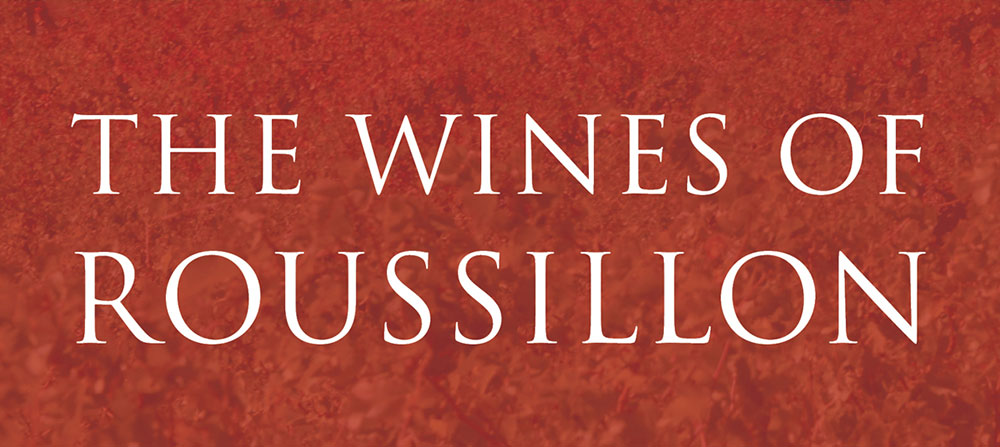Last year I reviewed the first book in the Felix Hart series of novels called, “Corkscrew”. My review was admittedly not too kind as while the book was a fun, lighthearted take down of the wine world’s silliness and excesses, I also found the main character, Felix Hart, puerile and offensive. He represented a distinct type of entitled white, male, and sexually inappropriate character of a certain background and inclinations that is sadly all too prevalent in the wine trade and serves a reminder as to the work that still […]


